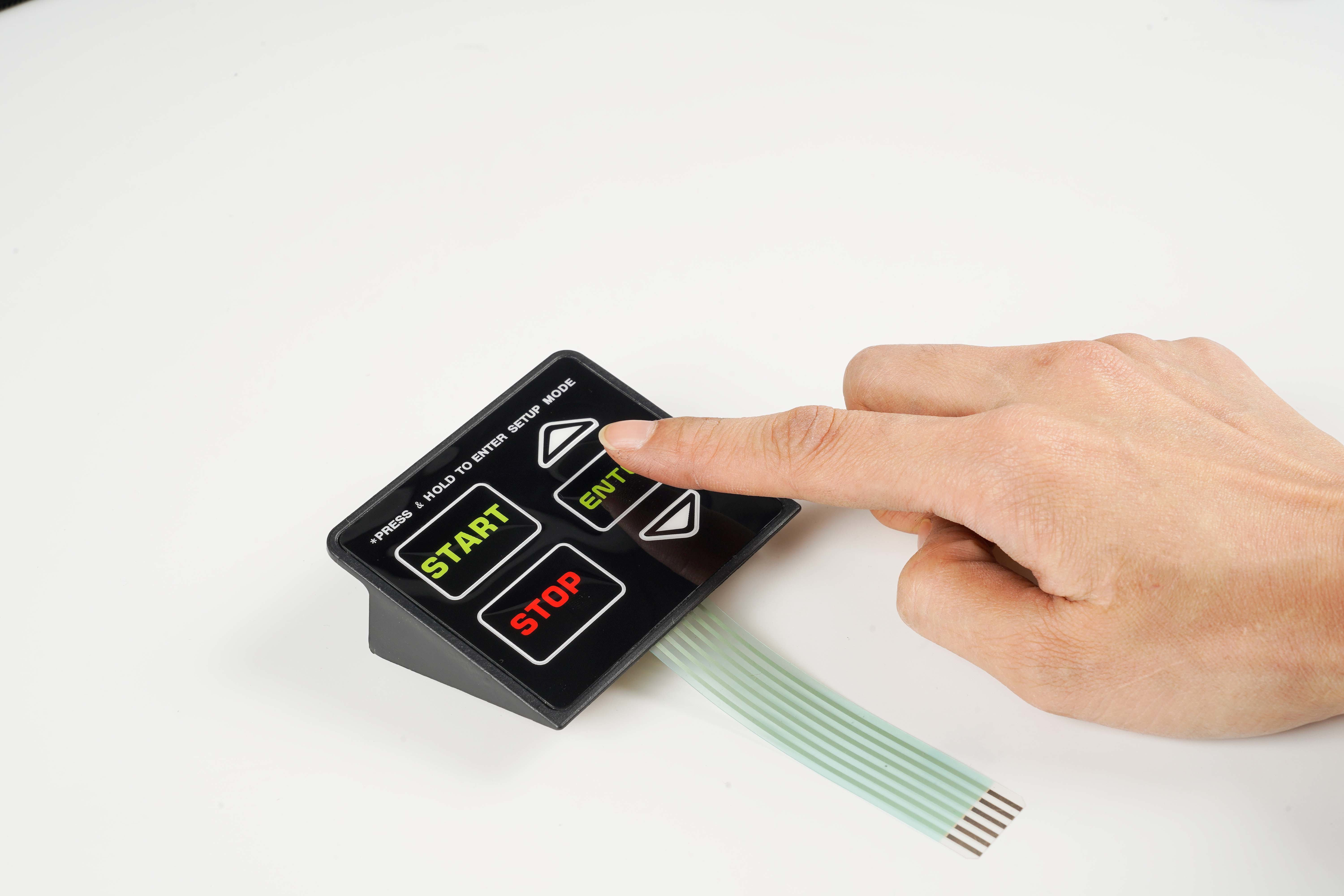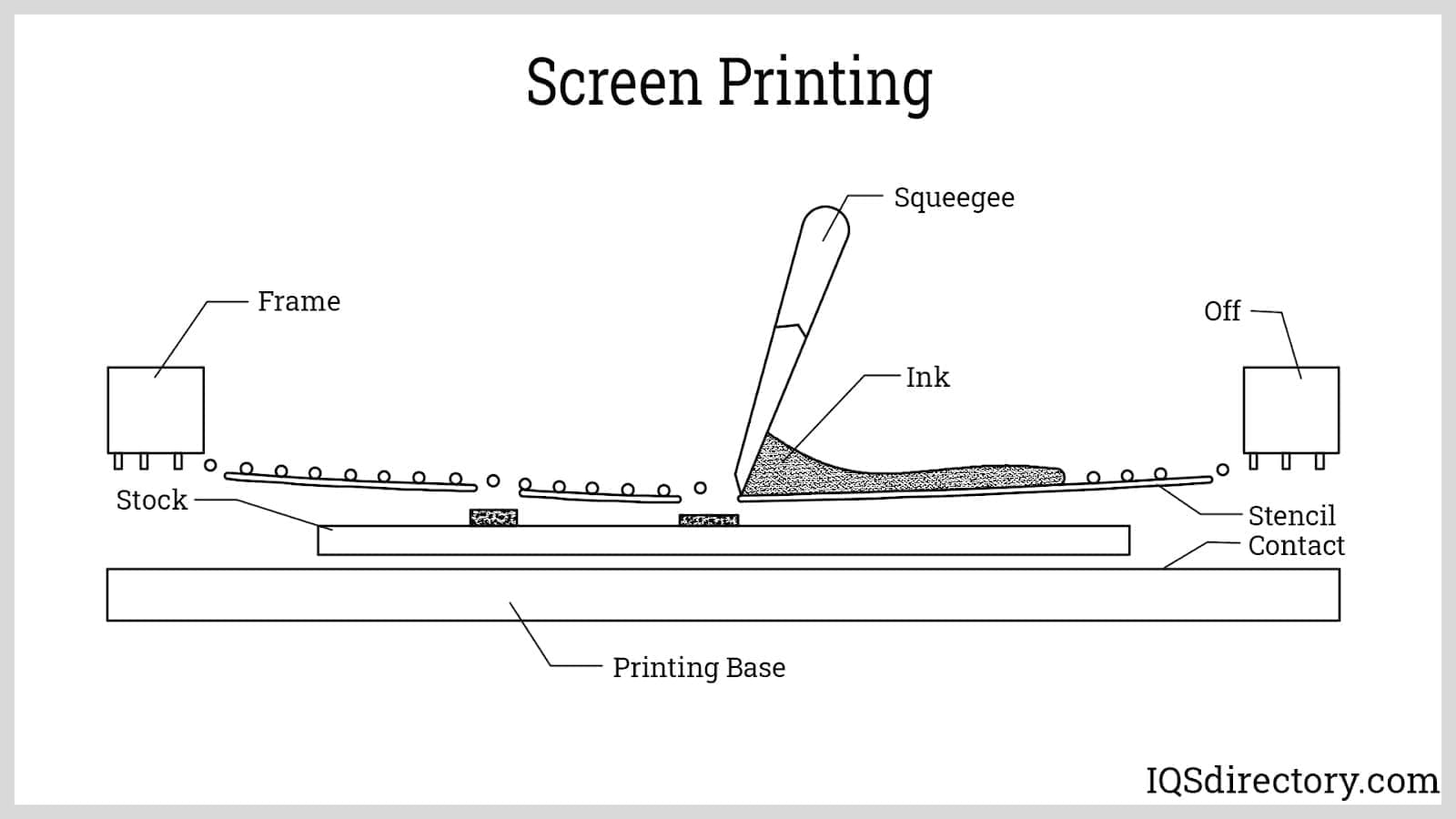The Manufacturing Refine Behind Membrane Switch Over: What You Need to Know
The production process behind membrane switches over combines careful layout, material option, and high quality control. It starts with comprehending the details of membrane button design and proceeds through different stages, including product choices and printing methods. Each phase plays an essential function in making certain performance and longevity. Nevertheless, the intricacies of layer construction and the extensive screening standards may disclose understandings that are not right away noticeable. What exists past these foundational elements?
Comprehending Membrane Layer Switch Over Design
Membrane layer buttons might show up straightforward at initial look, their design involves elaborate considerations that ensure performance and toughness. The layout procedure starts with a thorough understanding of user requirements, including the user interface's desired application and ecological variables. Comfort designs is a vital component, as the format needs to assist in simplicity of usage while guaranteeing that tactile feedback meets user expectations.Moreover, the layering of parts, such as visuals overlays, sticky layers, and conductive traces, need to be exactly engineered. membrane switch. This split arrangement not just influences the switch's responsiveness yet additionally affects its longevity. Attention is offered to the securing methods employed to shield versus moisture and dust, which can jeopardize performance. In addition, style considerations reach visual appeals, where color pattern and aesthetic clarity boost individual experience. Ultimately, the layout of membrane switches equilibriums functionality, customer experience, and toughness, making sure that they meet the needs of various applications effectively
Products Used in Membrane Layer Change Manufacturing
When picking materials for membrane layer switch production, it is vital to ponder both performance and durability. The key materials consist of polyester and polycarbonate films, which supply flexibility and stamina. These films are commonly coated with sticky to guarantee appropriate bonding to substratums. Conductive inks, usually made up of silver or carbon, are crucial for producing electric connections within the button, permitting for dependable operation.Additionally, a safety layer, such as a tough coat, is often put on improve scrape resistance and long life. The choice of backing material, such as acrylic or foam, can substantially impact the switch's tactile feeling and total user experience. Numerous ecological elements, including temperature and moisture, must lead product selection to guarantee peak performance in particular applications. Eventually, the ideal mix of products adds to the membrane switch's functionality and lifespan, making notified options necessary for suppliers.
The Printing Refine: Creating Video and Text
The printing process in membrane switch manufacturing plays a considerable function in creating high-quality graphics and text. Numerous graphic layout strategies are employed to ensure visual charm and capability, while mindful ink selection techniques are necessary for sturdiness and efficiency. Understanding these elements is essential for achieving finest results in membrane layer switch design.
Graphic Design Techniques
Graphic layout methods play a necessary function in the printing procedure of membrane layer switches, as they specify exactly how graphics and message will eventually appear on the last product. Reliable visuals design entails the tactical use colors, formats, and fonts to improve readability and aesthetic charm. Developers typically utilize vector graphics for scalability, making sure that images stay sharp at different dimensions. In addition, interest to comparison and alignment is crucial, as it influences individual communication and aesthetic high quality. The unification of branding elements, such as logos, have to be handled with care to keep brand name integrity. Generally, thoughtful visuals design methods contribute significantly to the capability and attractiveness of membrane switches, influencing customer experience and product performance.
Ink Choice Methods
Picking the appropriate ink is vital for attaining the wanted visual quality and toughness in membrane layer button manufacturing. Various ink types are utilized, including solvent-based, water-based, and UV-curable inks. Each type provides unique attributes, such as resistance, flexibility, and adhesion to environmental factors. Solvent-based inks are frequently favored for their sturdiness and dynamic colors, while water-based inks are much more eco-friendly but may have constraints in attachment. UV-curable inks supply fast treating and robust performance. Additionally, shade matching strategies assure that the chosen inks line up with design specifications. Ultimately, the selection of ink need to think about elements such as application method, substrate compatibility, and end-use needs to accomplish exceptional lead to membrane layer button graphics and text.
Layer Construction and Setting Up

Material Choice Process
A cautious choice of products is crucial in the production procedure of membrane switches, as it directly influences performance and sturdiness. The main materials utilized include polyester, polycarbonate, and various conductive inks. Polyester Web Site is frequently favored for its outstanding resistance to he has a good point chemicals and abrasion, making it suitable for severe atmospheres. Polycarbonate, on the other hand, provides exceptional clarity and impact resistance, which is beneficial for applications requiring visibility and effectiveness. Conductive inks, commonly made up of silver or carbon, are essential for producing trustworthy electrical pathways. Additionally, the selection of glue materials impacts the overall honesty of the button - membrane switch. Examining elements such as environmental direct exposure, responsive feedback, and aesthetic needs guides producers in picking the ideal materials for their specific applications
Layer Attachment Methods
Adhering layers in membrane layer button construction is an essential procedure that guarantees capability and durability. Various attachment methods are employed to safeguard optimal bonding in between layers, which normally include making use of adhesives, warm, and stress. Pressure-sensitive adhesives (PSAs) are frequently utilized for their simplicity of application and immediate bonding capabilities. In addition, thermal bonding methods can be used, where warm is made use of to trigger glue buildings, protecting a solid bond. The choice of adhesion technique largely depends upon the products included and the specific application needs of the membrane button. Correct positioning and consistent application of adhesives are important to protect against problems, protecting the button operates successfully throughout its intended lifespan.
Top Quality Control Steps
Assuring quality assurance during the layer building and setting up of membrane switches is vital for keeping performance and reliability. This process normally involves several vital actions, consisting of comprehensive assessments at each phase of manufacturing. Manufacturers utilize advanced testing techniques, such as peel tests and bond analyses, to validate the honesty of layer bonds. In addition, aesthetic inspections are conducted to identify any problems in printing or material disparities. Environmental conditions, such as temperature and humidity, are carefully kept track of to guarantee perfect treating and adhesion. Furthermore, regular calibration of equipment helps keep specific production criteria. By applying these high quality control procedures, producers can this significantly decrease the risk of item failing, guaranteeing that the last membrane layer changes meet the required requirements and client expectations.
Testing and Top Quality Control Procedures

Innovations in Membrane Layer Switch Over Modern Technology
As innovations in technology proceed to develop, membrane switches are gaining from cutting-edge developments that boost their functionality and customer experience. One significant development is the assimilation of capacitive touch innovation, which allows for even more responsive and instinctive interface. This change not only boosts looks but additionally decreases mechanical damage, extending the life-span of the switches.Additionally, developments in visuals overlay materials have brought about enhanced longevity and resistance to environmental aspects such as moisture and UV light. These materials currently offer improved quality and brightness, additional boosting the visual appeal.Furthermore, the consolidation of clever technology is transforming membrane layer switches over into interactive control panels, making it possible for connection with IoT devices. This connectivity cultivates a smooth user experience, paving the method for applications in numerous industries, from healthcare to consumer electronic devices. Jointly, these innovations position membrane changes as essential components in modern device layout.
Frequently Asked Questions
The length of time Does the Membrane Layer Change Production Refine Take?
The period of the membrane layer button production procedure can differ substantially. Variables such as complexity, materials used, and production quantity impact timelines, with typical production varying from a couple of days to several weeks for completion.
What Are the Common Applications for Membrane Layer Buttons?
Membrane layer buttons are frequently used in different markets, including automobile controls, home appliances, medical devices, and customer electronic devices (membrane switch). Their convenience and longevity make them excellent for applications calling for straightforward user interfaces and reputable performance in diverse environments
Can Membrane Layer Changes Be Personalized for Particular Needs?

What Is the Lifespan of a Common Membrane Change?
The life-span of a typical membrane switch varies, but typically, it ranges from 1 to 5 million cycles. Elements such as use, atmosphere, and worldly high quality substantially affect longevity and overall performance over time.

Are Membrane Switches Environmentally Pleasant?
The ecological friendliness of membrane switches differs. Some products utilized may not be recyclable, while others can be eco-friendly. The total influence depends upon manufacturing practices and products, necessitating mindful factor to consider during selection and disposal. The production process behind membrane switches over combines cautious design, product choice, and quality control. It starts with comprehending the intricacies of membrane switch layout and progresses via numerous stages, consisting of material choices and printing techniques. When picking products for membrane switch manufacturing, it is necessary to consider both performance and durability. A mindful choice of products is vital in the production procedure of membrane buttons, as it directly affects functionality and durability. The option of adhesion technique largely depends on the materials entailed and the particular application needs of the membrane button.